With the Z30, Nikon is introducing a new entry into the segment of mirrorless system cameras with an APS-C image sensor. With a recommended retail price of 799 euros, the DSLM is the cheapest model with a Z bayonet to date and takes over most of the specifications from the Z50 and the Z fc.
The technique is known from Z50 and Z fc
The Z50 was launched at the end of 2019 as Nikon's first mirrorless system camera and costs 949 euros according to the RRP. The Z fc, which costs 999 euros and looks like an analogue film camera, followed exactly a year ago. Inside the retro adaptation, however, the technology of the Z50 was mainly found – and the same is true of the Z30. However, buyers of the new Nikon camera have to do without a viewfinder, but the model is even more compact and weighs only 400 grams instead of 450 grams.
All three of the system cameras mentioned use the same CMOS image sensor in APS-C format with a crop factor of 1.5; the resolution is 20.9 megapixels. Image stabilization is only done electronically or, if necessary, via the lens. The Exspeed 6 processor again ensures continuous shooting at up to 11 frames per second. The hybrid autofocus works with 209 measuring fields that cover around 90 percent of the image section. Again, there is eye and animal detection to go along with this.
-
 Nikon Z30 with 16-50mm F3.5 -6.3 (Image: Nikon)
Nikon Z30 with 16-50mm F3.5 -6.3 (Image: Nikon)
Image 1 of 16
 Nikon Z30 with 16-50mm F3.5-6.3 (Picture: Nikon)
Nikon Z30 with 16-50mm F3.5-6.3 (Picture: Nikon)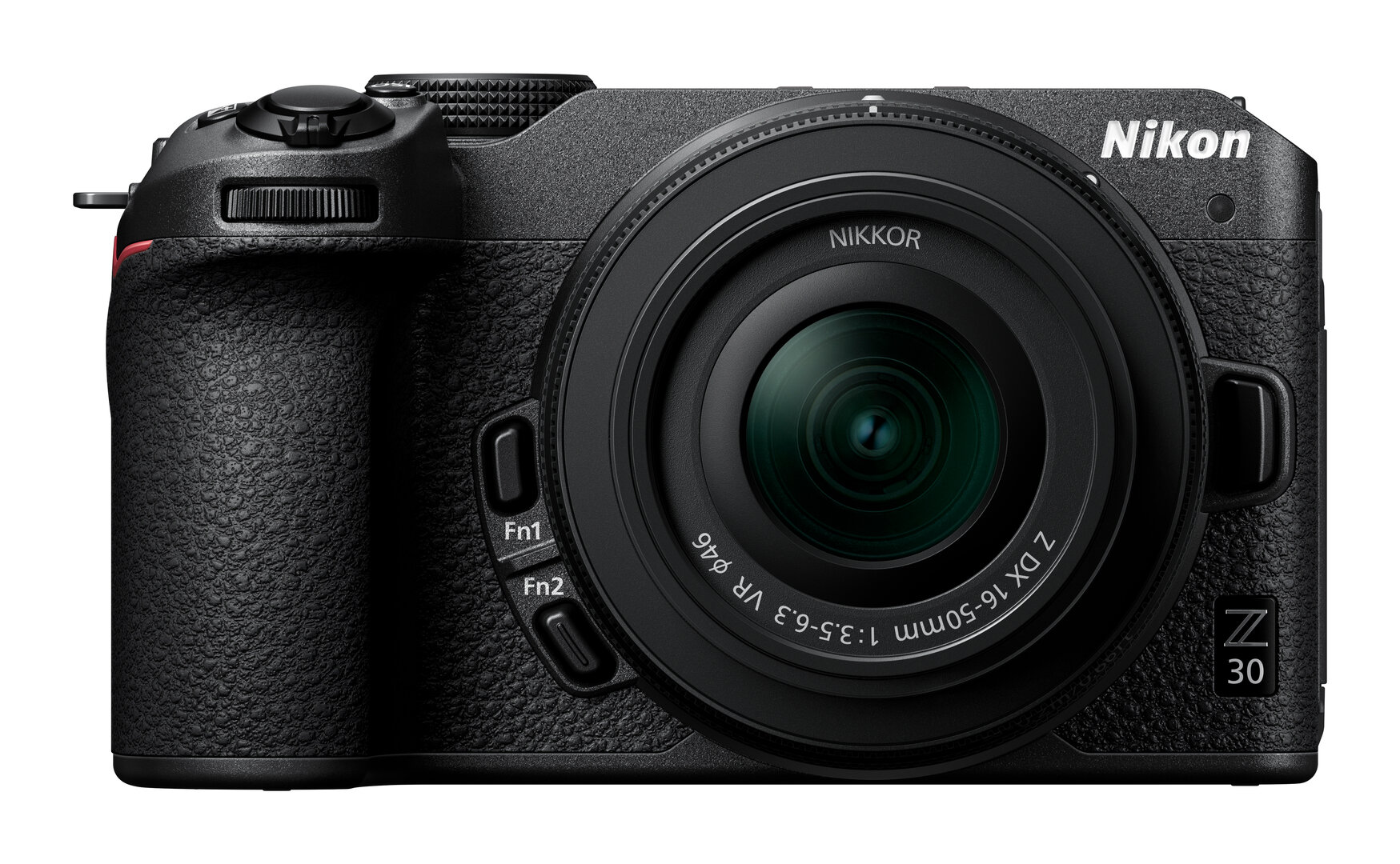 Nikon Z30 with 16-50mm F3.5-6.3 (Image: Nikon)
Nikon Z30 with 16-50mm F3.5-6.3 (Image: Nikon)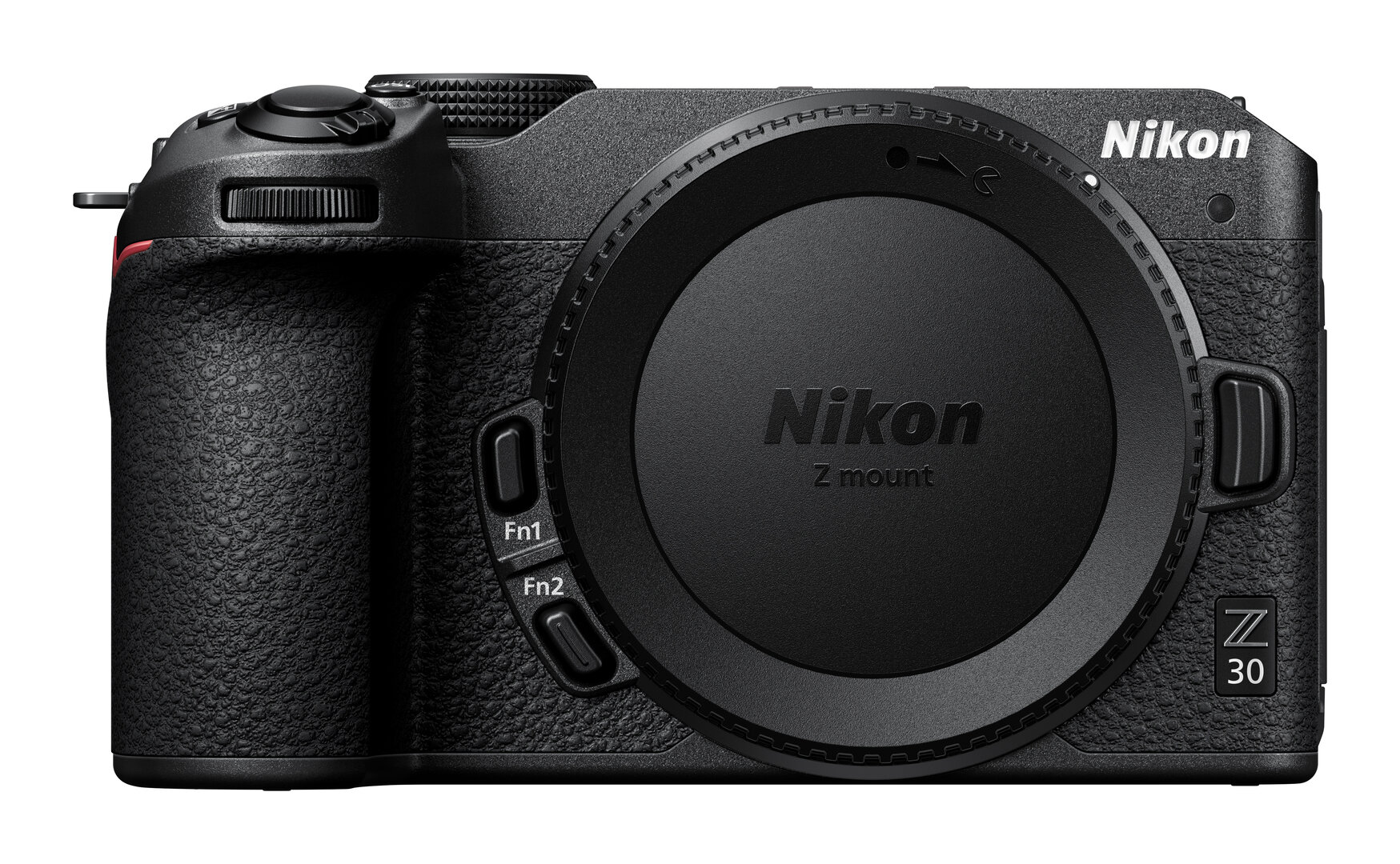 Nikon Z30 (Image: Nikon)
Nikon Z30 (Image: Nikon) Nikon Z30 (Image: Nikon)
Nikon Z30 (Image: Nikon) Nikon Z30 (Image: Nikon)
Nikon Z30 (Image: Nikon) Nikon Z30 (Image: Nikon)
Nikon Z30 (Image: Nikon)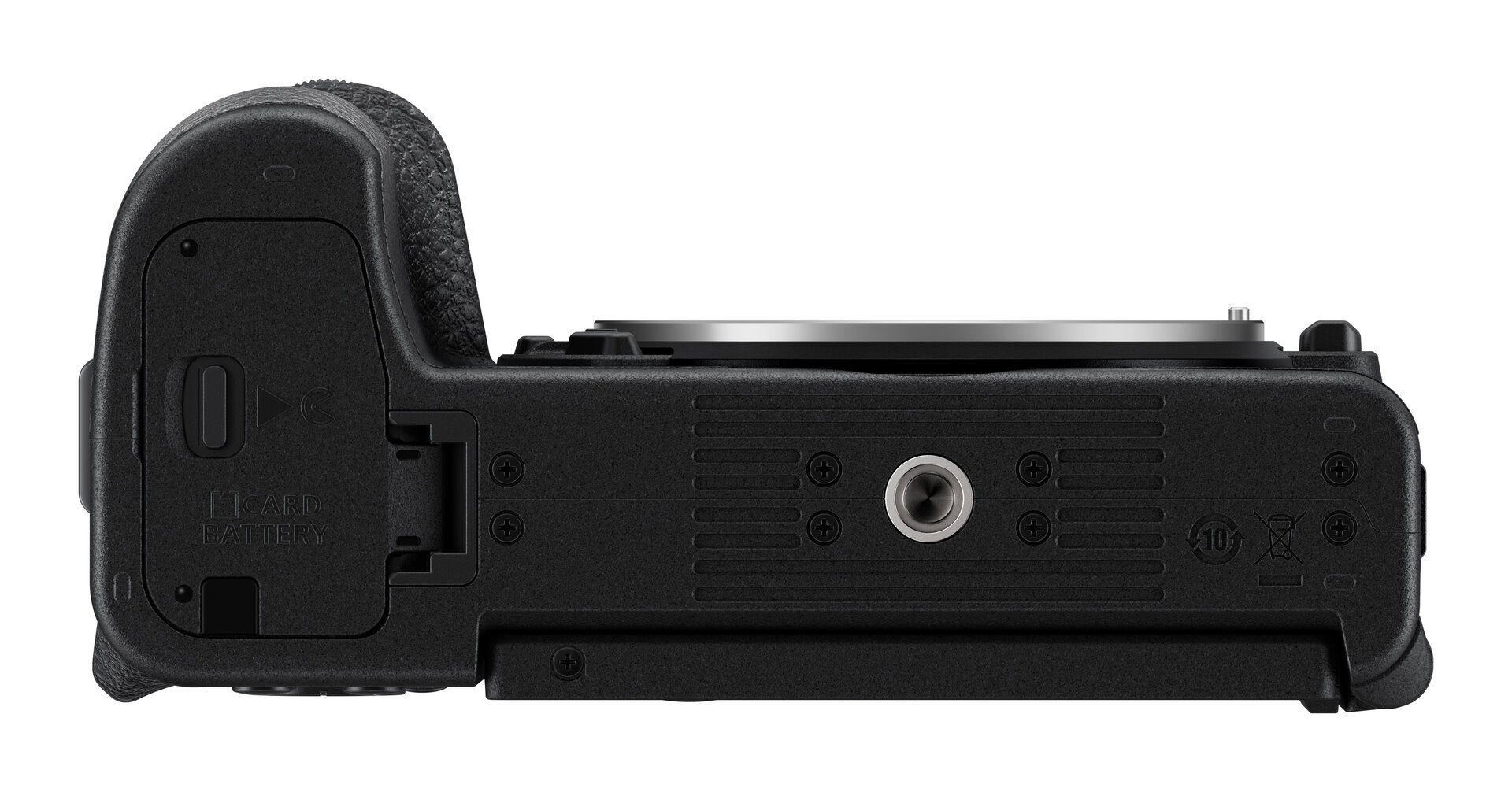 Nikon Z30 (Image: Nikon)
Nikon Z30 (Image: Nikon) Nikon Z30 with 16-50mm F3.5-6.3 (Picture: Nikon)
Nikon Z30 with 16-50mm F3.5-6.3 (Picture: Nikon) Nikon Z30 with 16-50mm F3.5-6.3 (image: Nikon)
Nikon Z30 with 16-50mm F3.5-6.3 (image: Nikon)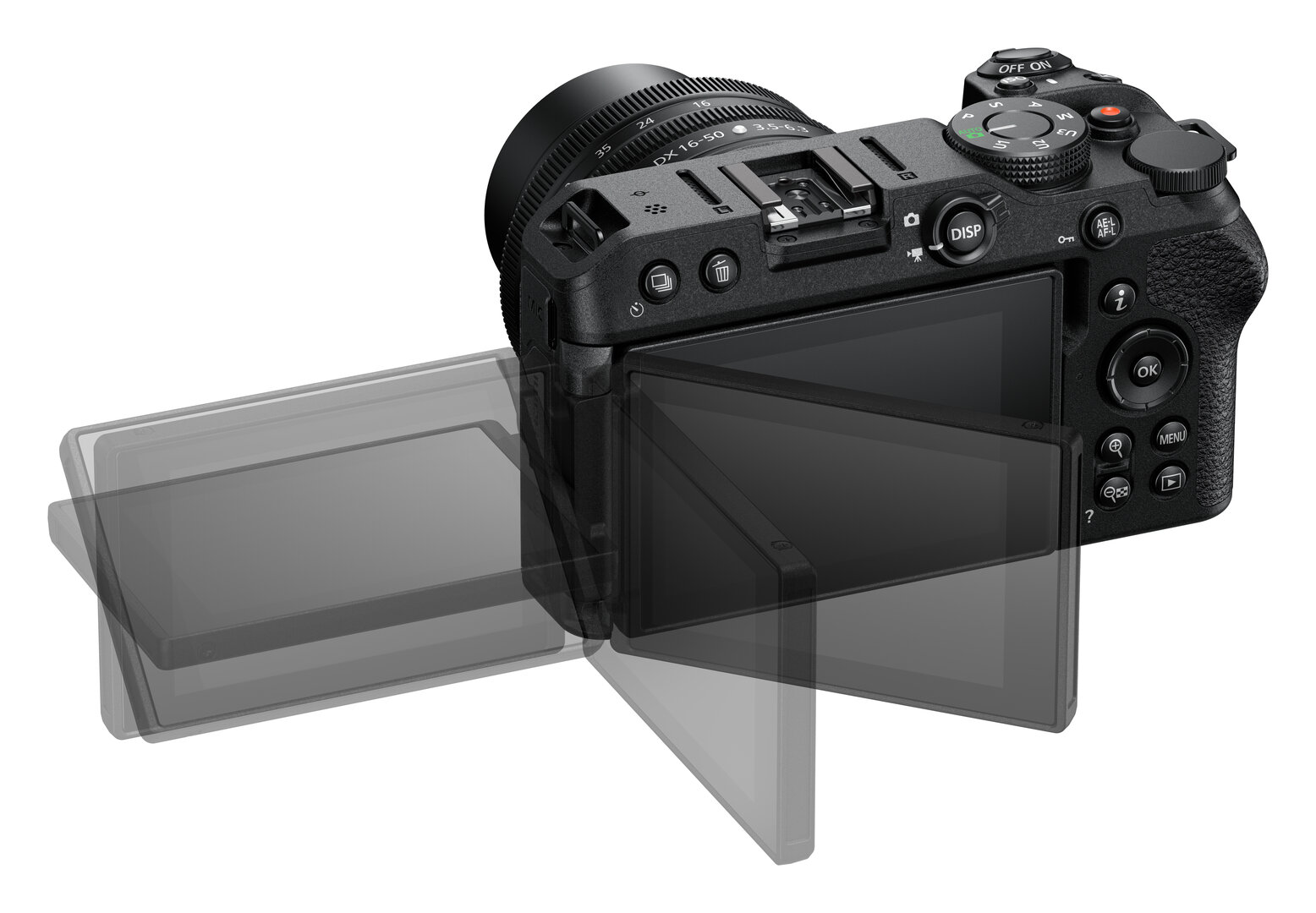 Nikon Z30 with 16-50mm F3.5-6.3 (Image: Nikon)
Nikon Z30 with 16-50mm F3.5-6.3 (Image: Nikon)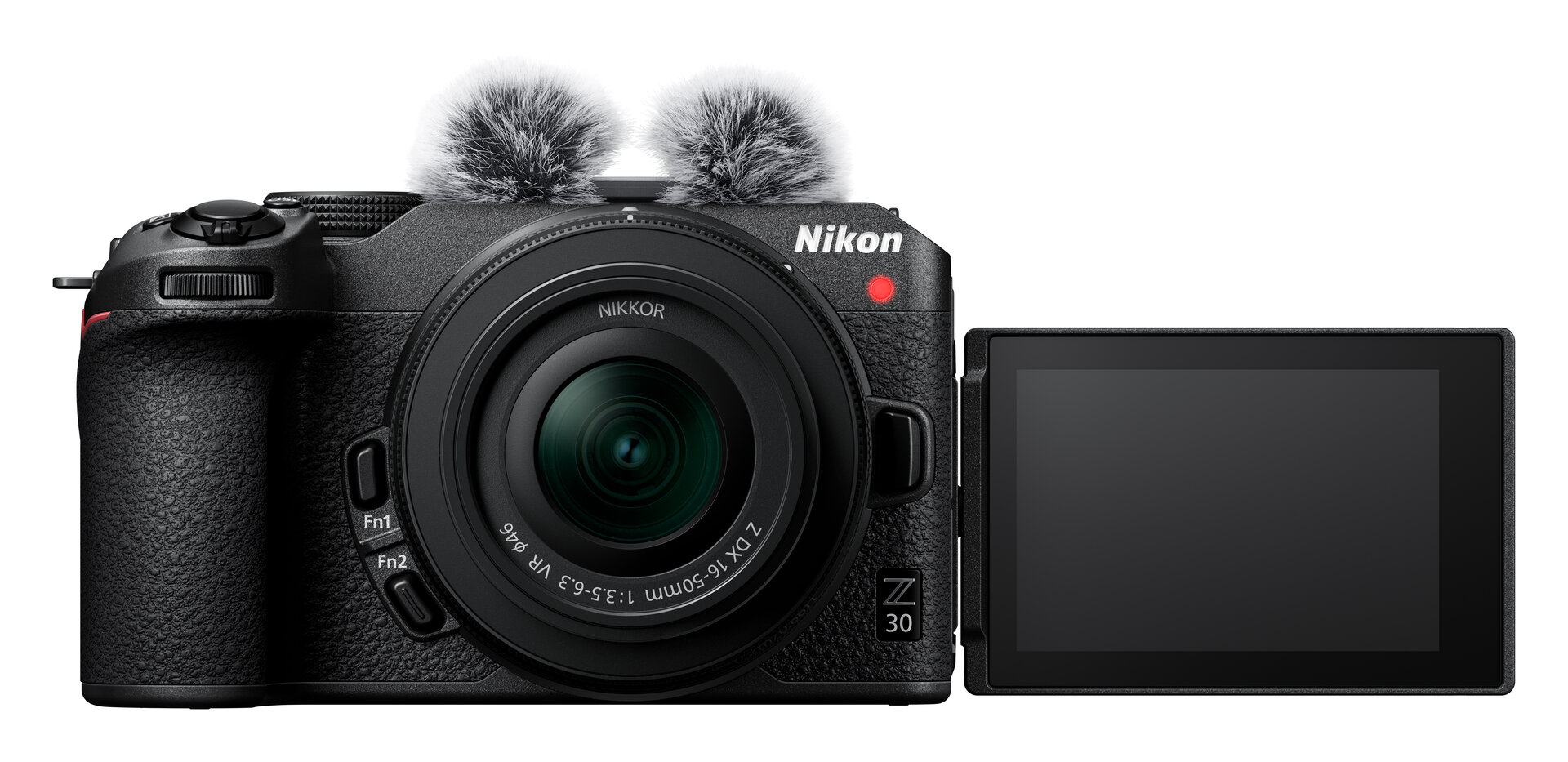 Nikon Z30 with 16-50mm F3.5-6.3 (Image: Nikon)
Nikon Z30 with 16-50mm F3.5-6.3 (Image: Nikon)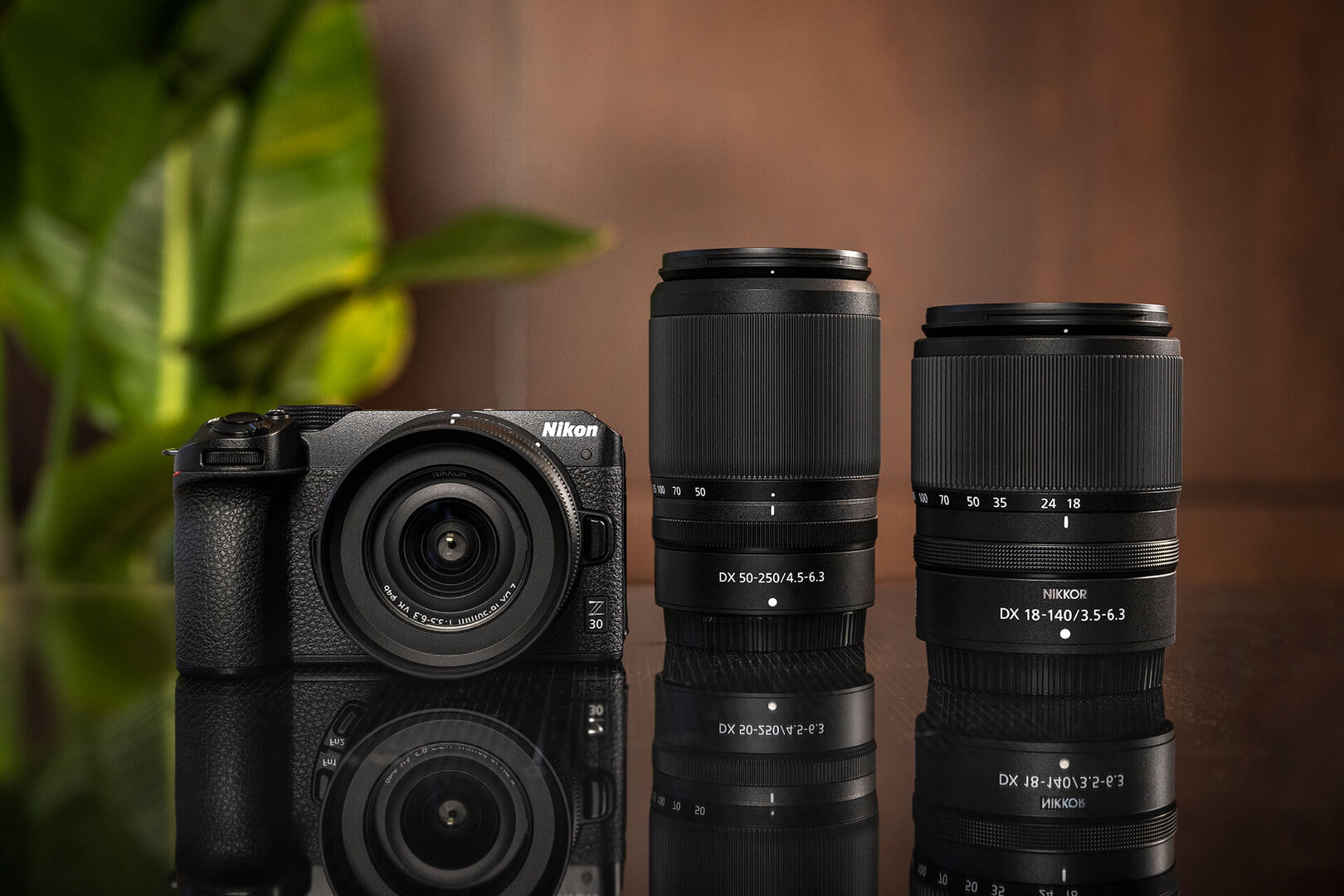 Nikon Z30 with lenses (Image: Nikon)
Nikon Z30 with lenses (Image: Nikon)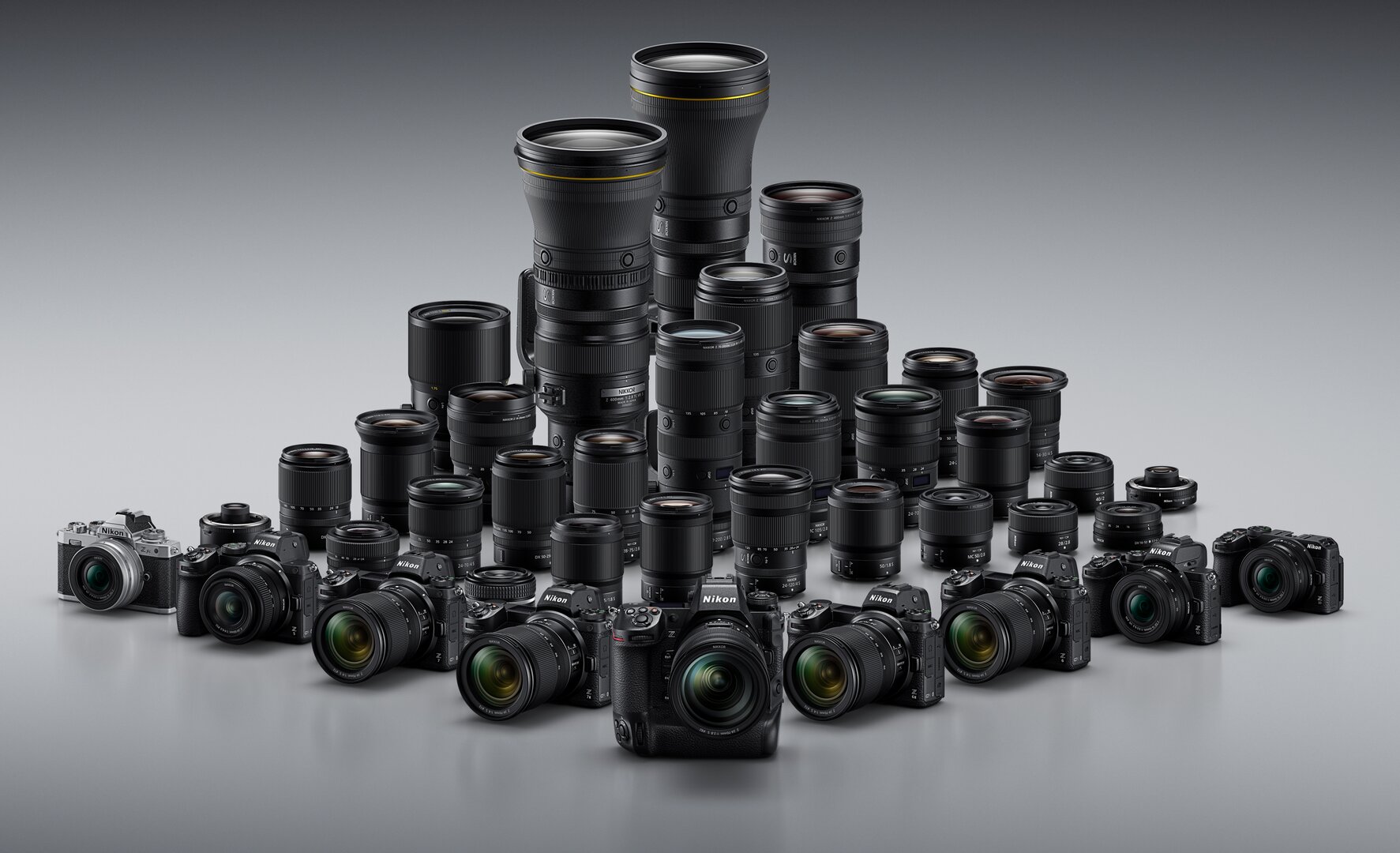 Nikon – Z-mount cameras and lenses (Image: Nikon)
Nikon – Z-mount cameras and lenses (Image: Nikon)The video capabilities are also identical: the Z30 records 4K footage at up to 30 frames per second, with 1920 × 1080 pixels 120 FPS is possible. The maximum recording time is a relatively long 125 minutes, but is only offered with reservations – if the outside temperature is too high, the recording can be stopped early to avoid overheating.
Another difference to the Z50 can be found in the TFT-LCD touch display. The larger model offers a 180-degree vertically tilting monitor, while the Z30 has a side-folding, forward-rotating, and tilting screen. In both cases, the resolution is 1.04 million pixels. In terms of connectivity, USB-C, Micro-HDMI, Bluetooth, WLAN, an SD card slot and a connection for an external microphone are available. A stereo microphone is provided internally; a flashlight is not part of the game. See manufacturer's website for full specifications.
Cheapest Nikon mirrorless is aimed at vloggers
The Z30 is aimed at beginners looking for the first digital interchangeable lens camera. Nikon explicitly names vloggers as a target group, for which the Z30 is particularly suitable due to its compact dimensions and the display that can be rotated forwards. The body should be available from July 2022 for 799 euros. In terms of design and price, the Z30 is similar to Sony's Alpha 6000 series, especially the slightly cheaper Alpha 6100 and the more expensive Alpha 6400. The EOS R10, which was introduced a month ago as Canon's cheapest mirrorless system camera, also costs more at 980 euros. With the X-H2S presented a month ago, Fujifilm offers an APS-C camera far removed from the entry-level segment for 2,749 euros.
Nikon meanwhile offers the Z30 in a bundle with the Nikkor Z DX 16-50mm 1:3.5-6.3 for 960 euros; for another 40 euros there is additional vlogging equipment in the form of a small tripod, a Bluetooth remote control and a microphone windscreen. If you want to buy the Z DX 50-250 mm 1:4.5-6.3 in addition to the standard zoom lens, you have to pay 1,220 euros.